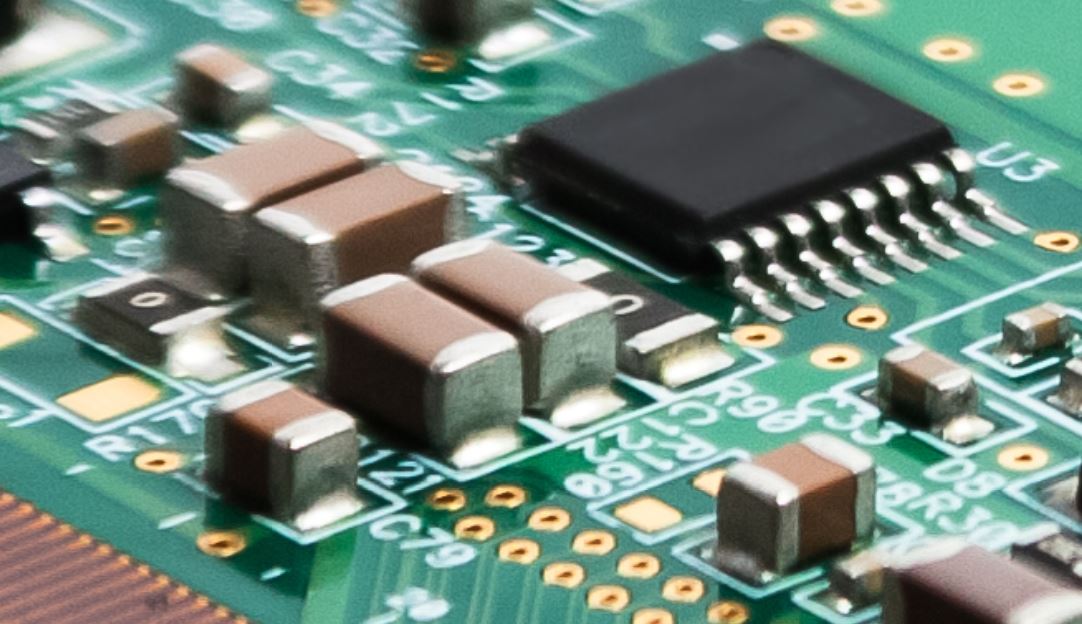EMC Question of the Week: December 4, 2023

Which of the following components in parallel with a ceramic capacitor is most likely to be responsible for narrowband emissions above 1 GHz?
- resistor
- tantalum capacitor
- ceramic capacitor (same value)
- ceramic capacitor (different value)
Answer
The best answer is “d.” When a capacitor with a large nominal value is connected in parallel with a capacitor that has a much smaller nominal value, their self-resonant frequencies are very different. The larger-value capacitor experiences a series resonance at a much lower frequency than the smaller-value capacitor. In between these two series resonances there is a parallel resonance between the large-value capacitor (which now looks inductive) and the smaller-value capacitor (which still looks capacitive).
When both capacitors are low-loss ceramic capacitors, this resonance can have a high Q factor. If this ringing is coupled to anything on the circuit board that is a reasonably efficient antenna at the ringing frequency, unacceptable radiated emissions may result.
Tantalum capacitors have a relatively high equivalent series resistance (ESR) at GHz frequencies. They are unlikely to support high-Q ringing in the circuit. Years ago, it was common practice to decouple IC power inputs with a large-value tantalum (or other electrolytic) capacitor and a smaller-value ceramic capacitor in parallel. Today, ceramic capacitors with values of several microfarads or higher are available. Some board designers continue to follow the old practice of putting large-value decoupling capacitors in parallel with small-value capacitors. As a result, there has been an increase in emissions failures above 1 GHz due to parasitic capacitor resonances.
In most cases, whenever two or more ceramic capacitors are being used to decouple the same low-impedance power bus, they should have values that are within an order of magnitude of each other. This helps to reduce the Q-factor associated with any parallel resonances.
Note that different package sizes will also result in different series resonance frequencies. However, as long as the capacitors are reasonably well-connected, the difference is not likely to be an order of magnitude or more.
Have a comment or question regarding this solution? We'd like to hear from you. Email us at
